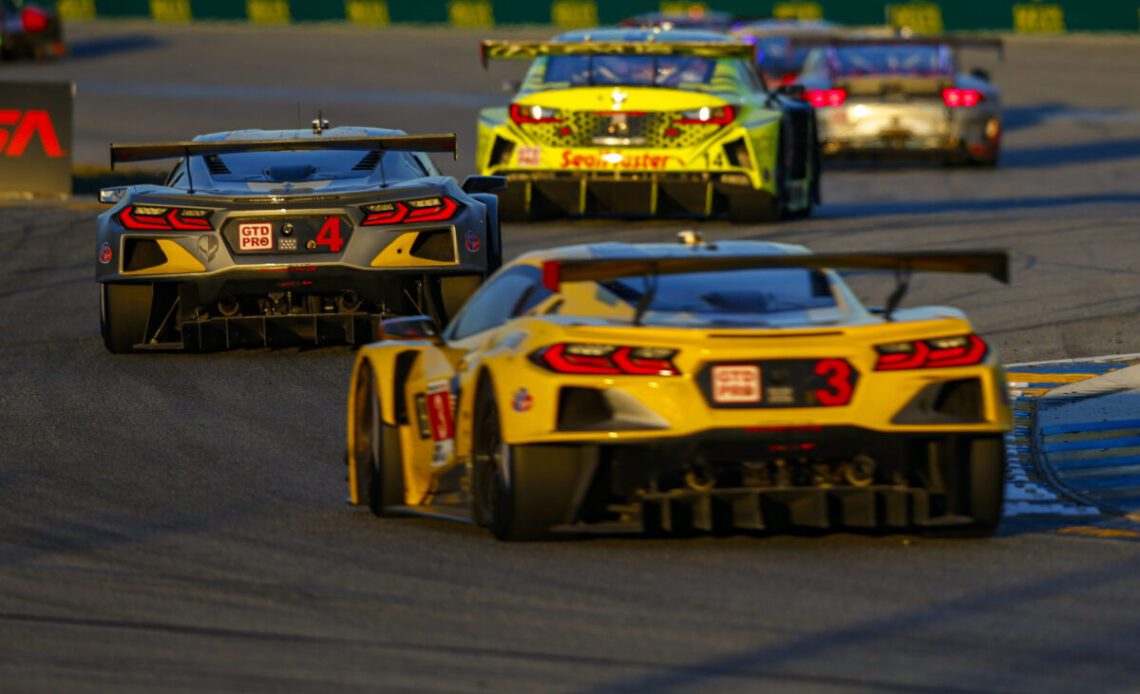GT racing has taken its next step into the future with the introduction of the GTD Pro category into the IMSA WeatherTech Sportscar series this year. The category allows professional teams and drivers to compete in GT3 cars, and it replaces the GTLM class, which was for the immensely popular GTE cars in the US.
The GTD Pro class ran for the first time at the Daytona 24 Hours at the end of January, and it was contested by no fewer than eight manufacturers, including four who were involved in the now-defunct GTLM category. It helped that each of the manufacturers already had GT3 versions of their cars running in customer hands. All, that is, except Corvette.
Once the announcement was made that GTLM was finishing in the IMSA series at the end of the 2021 season, Corvette made some key decisions. It will continue to race the GTE version of the car in the World Endurance Championship throughout 2022, but needed a programme to continue racing in IMSA for the next two years. The LMDh decision went to Cadillac, with a global programme including IMSA and the WEC, so that wasn’t an option, and Corvette wanted to continue racing the C8.R in GT competition.
It therefore chose to covert its GTE car to GT3 specification for IMSA, before the introduction of the new, ground-up GT3 car in 2024. But even that was a delayed decision. Just prior to Le Mans in 2021, IMSA announced it would not run a different Balance of Performance compared to the GTD class after all, and that the difference between the two would only be that the GTD Pro category could include all professional drivers. Corvette did not want to compete against its customers but, as it has none for the new GT3-spec C8.R anyway, went ahead with the conversion.
There was nothing simple about changing the C8.R from GTE to GT3 specification. While the body is similar, and Corvette Racing had tested the ABS braking system in competition already, the fuel, power levels, downforce levels, weight and differential regulations are all different. There was also the small matter of changing from Michelin’s confidential tyre used in GTE to the commercial tyre, which has a further knock-on effect on performance.
GM worked with IMSA to bring the C8.R into the right performance windows and the two agreed where compromises would need to be made in order to ensure the conversion would make sense from a cost and performance perspective.
Once all the parameters were agreed, performance balancing had to take place. At…
Click Here to Read the Full Original Article at Racecar Engineering…

